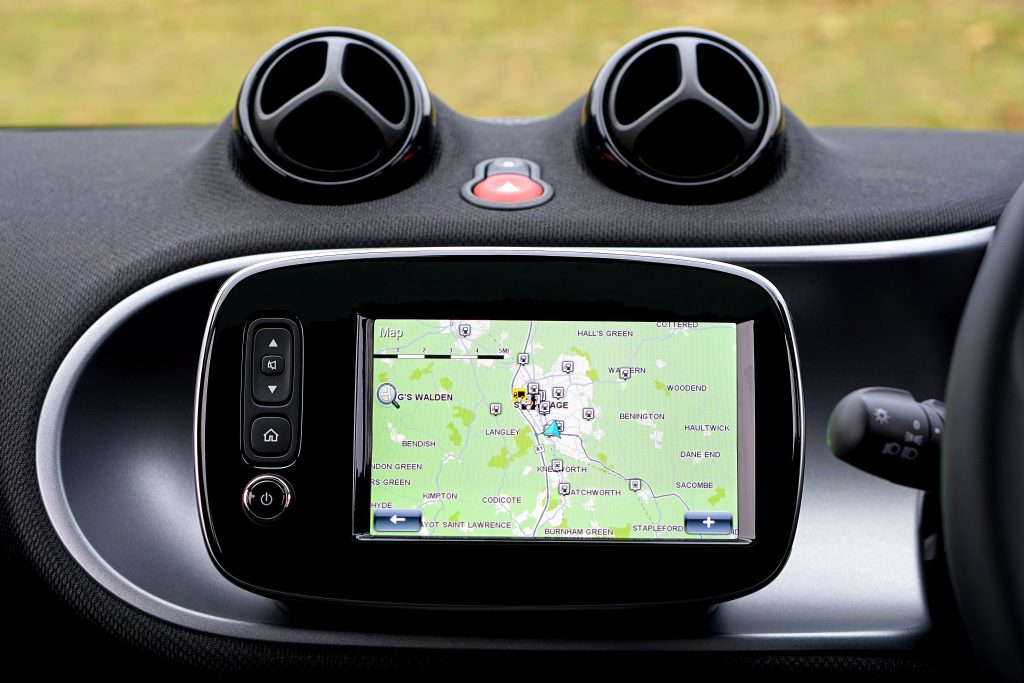Intro
Usually, it would be instinctive to stay away from electronic gadgets when you are choosing gears to bug-out or to simply travel in the wilderness. However, handheld GPS receivers can be considered as one such exception. The amount of benefits that you can derive from this wonderful modern gadget would outweigh the cons of holding such a device. The other must-have item would be a boot knife to keep yourself safe.
Handheld GPS receivers can be considered to be rather complex, where there is a huge variety for you to choose from. Some important aspects that you can consider include the display quality in weather conditions, user-friendly interface and the amount of storage it has. Before going too far with the considerations for a good GPS, here are three reasons why you need a GPS in your bug-out bag.

Reason 1: Ensuring your safety outside cellphone coverage
By just having a GPS, you are already significantly increasing your chances of survival outdoors. A GPS with its basic function can provide you information about where you are, by letting you know your position, orientation and which intended direction you should take. Losing one of these positioning factors would be detrimental because it would potentially cause one of the other factors to tumble.
Equipping your handheld GPS receiver with navigational aids would be necessary if you want to send your coordinates to rescuers when you are in a place outside cell-phone coverage. Your GPS would only be radio signal receivers that contains a logic chip which is good for telling your location, but would be incapable of transmitting signals.
Therefore, you may want to get a GPS which contains an attachment to a cell phone or use it together with other transmission methods. The transmitters that you may want to look into are personal locator beacons and satellite messengers.
Note that personal locator beacons are used only when one is in really bad emergency situations. Personal locator beacons utilize the Distress Alerting Satellite System (DASS) which are monitored by NASA to track distress signals.
Usually, we would just use satellite messengers which is also a navigational aid which helps tell our rescuers the location we are at, even when there is no cellphone coverage. When you are bugging out and when SHTF, having these functions at your fingertips can do you wonders.
Reason 2: Understand your surroundings
Also, to facilitate the process of understanding your surroundings, you may want to employ ‘scouting’. This can be said to be like your ‘homework’ before you travel outdoors or go to the location you want. First, you would start by scouting with your computer, where you can go through topographical or 3D maps so that you have a rough overview of the terrain. After that, mark those places that particularly interest you or the route which you intend to travel.
The next step would be transferring those marked waypoints into your GPS, where these waypoints are really helpful when you scout on foot. This can act as an alternative navigation method where you can just follow the waypoints which you saved which simplifies how you navigate.
Planning your outdoor trips is really important if you want to cover more ground in less time. The act of scouting and saving waypoints could save you a ton of time if you do it right. Remember, you would want to look for a GPS that can insert an external SD card as well so that you do not need to worry about memory.
Reason 3: Navigate with ease
By having topographical maps saved in your GPS, you do not need to weigh yourself down with loads of maps when you are outdoors. With a GPS with sufficient storage capacity, you can save many maps and waypoints that are necessary for your outdoor adventure. This would be important when you bug-out because you would not know how long more you would need to travel!
Handheld GPS receivers are also equipped with different navigation methods, and I would encourage you to experiment with them to determine the most convenient way to navigate. For example, you can choose to navigate by touching on the place of the screen or simply following waypoints.
Usually, I would prefer to navigate by touching on the screen only to find out new places. While I am on foot, travelling would be much easier when I just follow waypoints. An external antenna would be a useful feature to look out for so that you can be sure that you have good signal even when you are in canyons or thick foliage.
Conclusion
Ideally, your bug out bag should have predetermined emergency essentials, so you can be ready for any eventualities at any time. One important aspect is that the gears you carry must be light enough especially when your bug-out location is far from your current location. Another thing to note is the durability of the items you are holding. If you foresee yourself going through rough terrains, you may want to choose a waterproof GPS.
Other options would be considering a GPS that you can primarily navigate through the software using external buttons rather than using touch screen. This is because touch screen GPS would usually be more prone to spoil. If you have any other tips to share, please comment below!
Author Bio:
I am John Lewis, a blogger, survivalist and outdoor enthusiast. You can follow me over at Epic Wilderness. Please click here!
